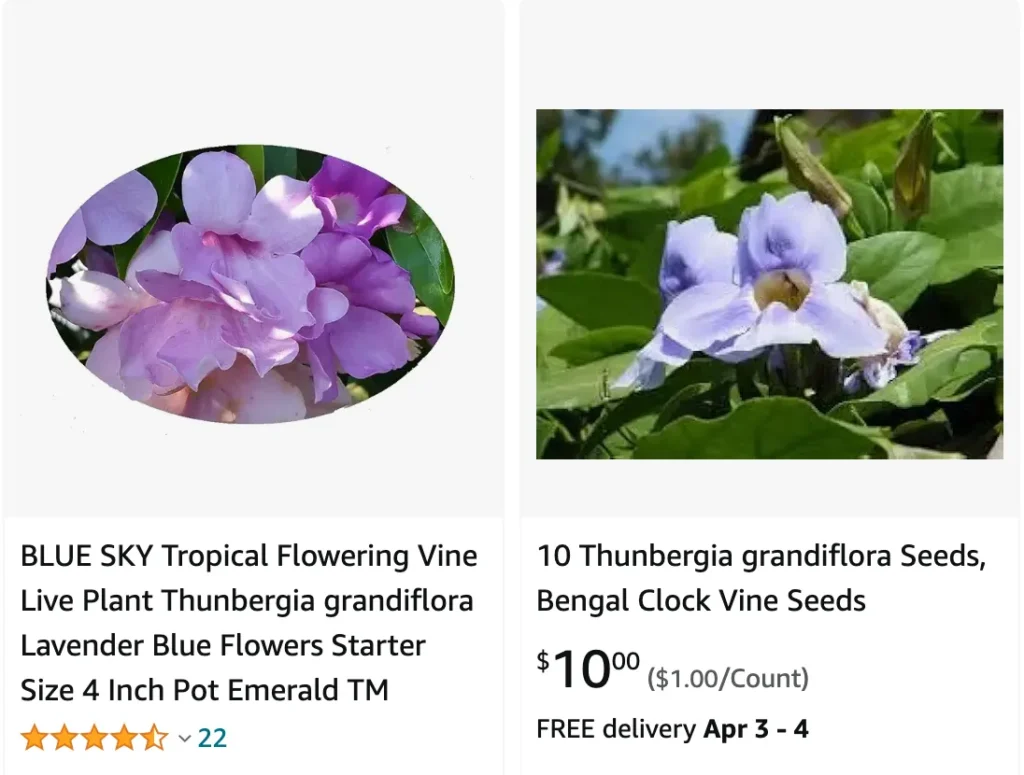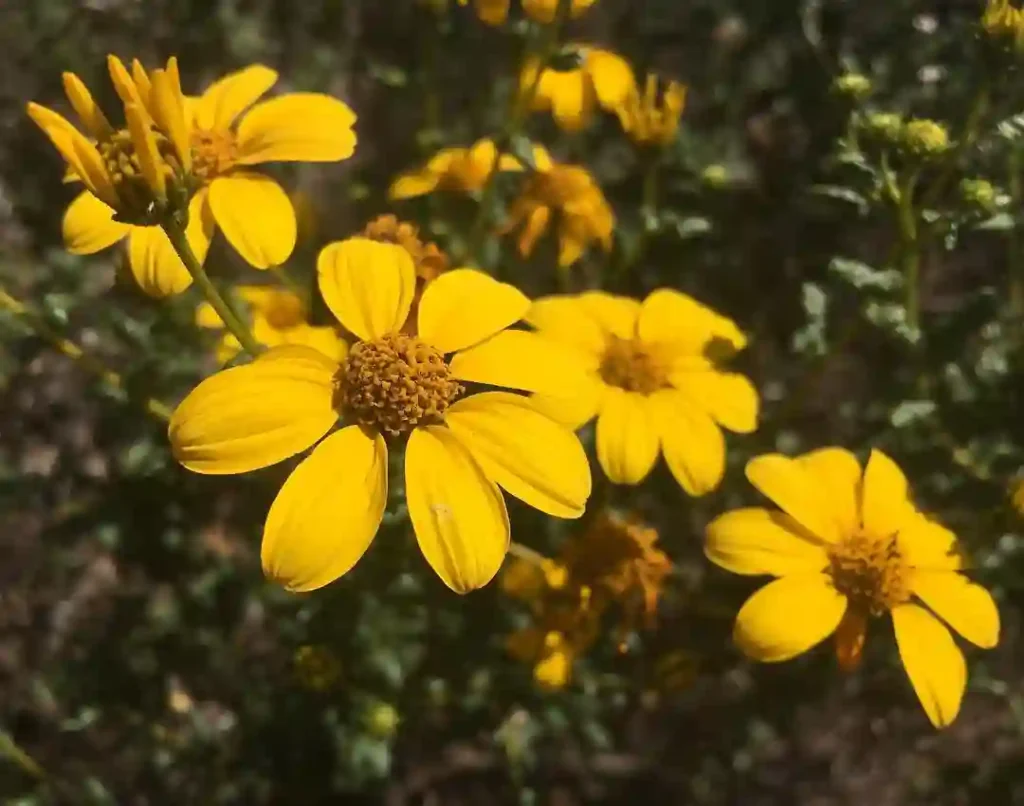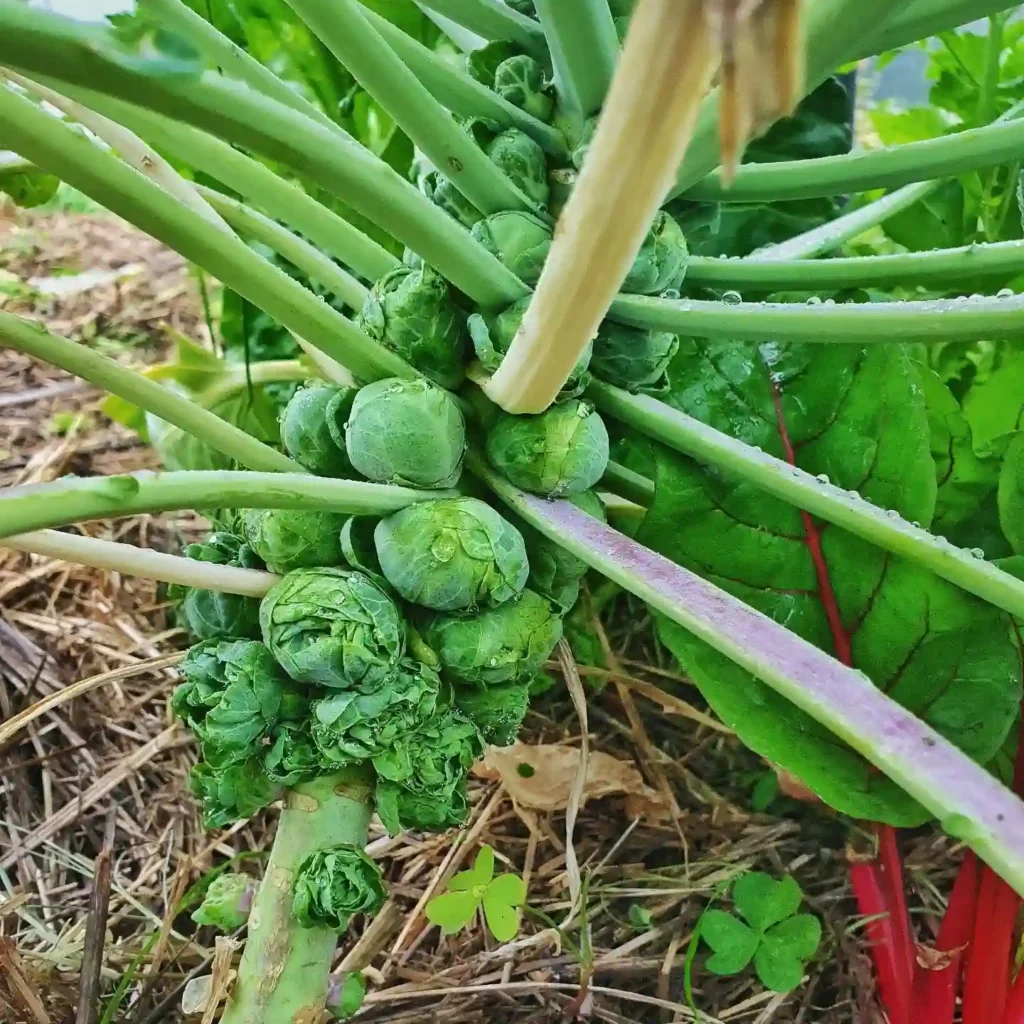
The Allure of Thunbergia Grandiflora: From Seedling to Stunning Blooms
Ever craved a waterfall of vibrant blooms cascading down your fence or trellis? Look no further than Thunbergia grandiflora, also known as the Skyflower or Bengal Clock Vine. This vigorous climber boasts captivating, trumpet-shaped flowers that come in shades of lavender, orange, and white, transforming any space into a breathtaking spectacle. But Thunbergia grandiflora’s charm extends beyond its beauty. It’s surprisingly easy to grow, thrives in warm climates like ours here in Vietnam, and requires minimal maintenance.
Intrigued? Let’s delve into the world of Thunbergia grandiflora, where we’ll explore how to cultivate this delightful vine and unlock its full potential in your garden.
150 Species in Genus Thunbergia
How to Grow Thunbergia grandiflora?
There are two primary ways to cultivate your Thunbergia grandiflora: starting from seeds or planting established seedlings.
Starting from Seeds:
- Timing is key: Sow your seeds indoors roughly six weeks before the last frost of spring. This ensures healthy growth before transplanting them outdoors.
- Prepare the perfect pot: Choose a small pot with drainage holes filled with a well-draining, light potting mix.
- Planting the seeds: Sow two to three seeds per pot, pushing them slightly into the soil and covering them lightly.
- Light and warmth: Place the pot in a warm, brightly lit location. Aim for temperatures around 70°F (21°C).
- Moisture matters: Keep the soil consistently moist but not soggy. Water regularly, allowing the top inch of soil to dry slightly between waterings.
- Germination magic: With proper care, germination should occur within 10-14 days.
- Transplanting time: Once your seedlings have developed a few sets of true leaves, harden them off for a week before transplanting them outdoors after the danger of frost has passed.
Planting Established Seedlings:
- Choosing the perfect spot: Select a location that receives full sun to partial shade with well-draining soil.
- Prepare the planting hole: Dig a hole at least three times wider than the root ball of your seedling. Amend the soil with compost or organic matter for improved drainage and fertility.
- Support system: Thunbergia grandiflora is a climber, so provide a sturdy trellis, fence, or other structure for it to twine around as it grows.
- Planting with care: Gently remove the seedling from its pot and place it in the prepared hole. Ensure the top of the root ball sits level with the surrounding soil.
- Watering thoroughly: Water the plant deeply to settle the soil around the roots.
How to Care for Thunbergia grandiflora?
Thunbergia grandiflora is a relatively low-maintenance vine, but providing it with some TLC will ensure it thrives and rewards you with a profusion of blooms.
- Watering: Water your Thunbergia grandiflora regularly, especially during hot and dry periods. Aim to keep the soil moist but not waterlogged.
- Feeding: Feed your vine monthly during the growing season with a balanced liquid fertilizer diluted according to the package instructions.
- Pruning: Regular light pruning encourages bushier growth and promotes more flowering. Pinch off spent blooms and prune back overly long stems throughout the growing season.
- Winter Care: In colder climates, Thunbergia grandiflora is typically grown as an annual. However, in warmer regions like Vietnam, it can be treated as a semi-evergreen or evergreen vine. If you experience occasional frosts, protect the base of the plant with a layer of mulch.
Where to Buy Thunbergia grandiflora?
Thunbergia grandiflora seeds are readily available online from various reputable seed retailers. You can also find established seedlings at your local nursery or garden center during the spring and summer months.
Additional Tips for Thunbergia Grandiflora Success
- Companion planting: Consider planting Thunbergia grandiflora alongside other climbing plants like morning glories or clematis for a stunning vertical display.
- Deadheading: Regularly deadhead spent blooms to encourage continuous flowering throughout the season.
- Pest control: Thunbergia grandiflora is generally pest- and disease-resistant. However, keep an eye out for common garden pests like aphids or spider mites. Address any infestations promptly with organic methods whenever possible.
With a little care and attention, your Thunbergia grandiflora will flourish, transforming your garden into a vibrant haven. So, embrace the magic of this captivating vine and witness its breathtaking display of color unfold!
If i die, water my plants!



